A 2500-year-old coffin discovered in a burial shaft in the desert near the Saqqara necropolis in Egypt. The image was released September 19, 2020 by the Egyptian Ministry of Antiquities.The Egyptian Ministry of Antiquities/Handout via Reuters
- Archaeologists found 27 new sarcophagi in an ancient city of the dead beneath Saqqara, Egypt.
- The wooden coffins are perfectly sealed — they've remained undisturbed for 2,500 years since the bodies inside were mummified.
- Last year, Egyptologists discovered a trove of mummified lion cubs, crocodiles, and cobras in Saqqara.
More than two millennia ago, 27 Egyptians were laid to rest in Saqqara, an ancient city of the dead. Their organs were removed, and their bodies wrapped in linens. Priests placed them inside wooden boxes adorned with hieroglyphics.
The mummies stayed buried in those sarcophagi for 2,500 years — until their recent discovery by Egyptian archaeologists.
The finding is one of Egypt's largest in over a century.
It happened in two parts: In early September, Egypt's Ministry of Tourism and Antiquities announced more than a dozen coffins had been found in a burial shaft under the ancient city of Saqqara. Then two weeks later, the shaft yielded a second set of sarcophagi.
"Initial studies indicate that these coffins are completely closed and haven't been opened since they were buried," the ministry said in a Facebook post on Sunday.
The photos below show how archaeologists found the sarcophagi,and other mummies buried beneath Saqqara.
The first finding that Egypt's Ministry of Tourism and Antiquities announced was a set of 13 sarcophagi found at the bottom of a 36-foot-deep shaft.
Khaled El-Enany, Egypt's minister of tourism and antiquities, and Mostafa Waziri, the secretary-general of the Supreme Council of Antiquities, peer at a sarcophagi in Saqqara.
Ministry of Tourism and Antiquities Egypt
Khaled El-Enany, Egypt's minister of tourism and antiquities, said on Twitter that finding the coffin cache was "an indescribable feeling."
The shaft had three offshoots branching away from it, so El-Enany predicted at the time that more undiscovered were likely still buried in the shaft.
He was right: On Sunday, the ministry announced that archaeologists had found 14 more sarcophagi.
A sarcophagus discovered in Saqqara, Egypt.
Ministry of Tourism and Antiquities Egypt
That brought the total to 27.
In a statement on Facebook, Egypt's Ministry of Tourism and Antiquities noted that this finding is "the largest number of coffins with one burial" discovered since a group of 30 coffins were unearthed at Al-Assasif cemetery in Luxor last year.
Despite being buried for 2,500 years, the sarcophagi have retained most of their original paint and hieroglyphics. The coffins have been sealed since their burial.
Mostafa Waziri, secretary-general of Egypt's Supreme Council of Antiquities, looks at a 2,500-year-old coffin discovered in a burial shaft near Saqqara necropolis. The image was released September 19, 2020.
The Egyptian Ministry of Antiquities/Handout via Reuters
The ministry has not yet opened them.
The identities of the people inside the sarcophagi "have not been determined," the ministry said on Sunday, but suggested the question "will be answered over the next few days" as excavations continue.
Multiple coffins discovered in a burial shaft in the desert near the Saqqara necropolis in Egypt .
The Egyptian Ministry of Antiquities/Handout via Reuters
The coffins were found stacked on top of each other in the shaft.
The archaeologists also uncovered various artifacts in the burial shaft, including small statues and figurines.
Mostafa Waziri, secretary-general of Egypt's Supreme Council of Antiquities, looks at a statue found in one of the 2,500-year-old coffins discovered in a burial shaft in the desert near Saqqara necropolis.
The Egyptian Ministry of Antiquities/Handout via Reuters
They also uncovered a wooden obelisk just over a foot tall that's adorned with paintings of Egyptian gods and goddesses, CNN reported.
The ancient Egyptians buried their dead in Saqqara — which is 20 miles south of Cairo in the Western Desert — for some 3,000 years.
People enter the Pyramid of Djoser in Saqqara outside Cairo.
Oliver Weiken/Picture Alliance / Getty
Saqqara was the necropolis, or city of the dead, for the ancient capital of Memphis. Its name likely derives from Sokar, the Memphite god of the dead.
Saqqara is home to one of Egypt's oldest pyramids: the Step Pyramid of Djoser, which was built about 4,600 years ago.
The Step Pyramid of Djoser in Saqqara.
Michel Baret/Gamma-Rapho / Getty
The architect Imhotep built the pyramid to house the remains of King Djoser, an ancient Egyptian pharaoh from the Third Dynasty.
It was the first building ever made of stone, and it paved the way for other pyramids, including the Great Pyramid of Giza.
The necropolis is replete with mummies.
A journalist tours inside the step pyramid of Djoser in Egypt's Saqqara necropolis, south of the capital Cairo, on March 5, 2020.
Mohamed el-Shahed / AFP / Getty
The Ministry of Tourism and Antiquities announced in 2018 that archaeologists had discovered a 4,400-year-old tomb in Saqqara. It belonged to a royal purification priest who served during the reign of King Nefer-Ir-Ka-Re.
Researchers also unearthed a huge cache of animal mummies there in November 2019.
A feline mummy displayed after the announcement of a new discovery in the Saqqara necropolis, November 23, 2019
Khaled Desouki/AFP via Getty
They found two rare mummified lion cubs, as well as mummified birds, crocodiles, cats, cobras, and an enormous mummified scarab beetle.
The mummified lion cubs are about 2,600 years old.
A mummy of a cat displayed after the announcement of a new discovery in the Saqqara necropolis, November 23, 2019.
Khaled DesoukiI/AFP via Getty
The cubs were only eight months old when they were mummified. Other mummified wildcats were found alongside the two lions.
"This is the first time [a] complete mummy of a lion or lion cub" has been found in Egypt, Mostafa Waziri, the secretary-general of Egypt's Supreme Council of Antiquities, said in a press conference.
The head of cat statue displayed after the announcement of a new discovery in the Saqqara necropolis, November 23, 2019.
Khaled DesoukiI/AFP via Getty
Ancient Egyptians mummified and buried millions of animals, often treating creatures like hawks, cats, and crocodiles with the same reverence that they would a human corpse.
The Egyptians believed animals were reincarnations of gods, so they honored them by mummifying the creatures and worshipping these animals in temples. Mummified animals could also serve as offerings to those gods.

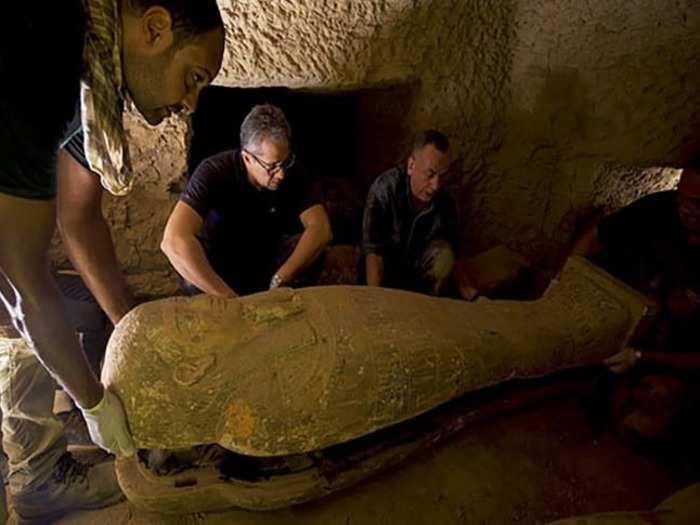
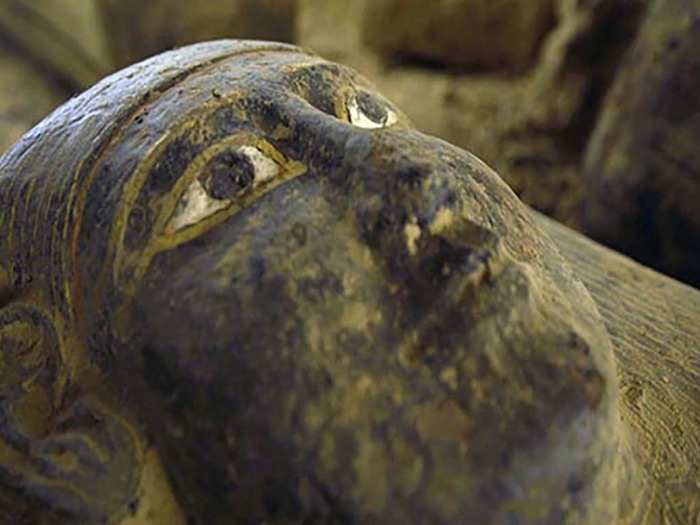
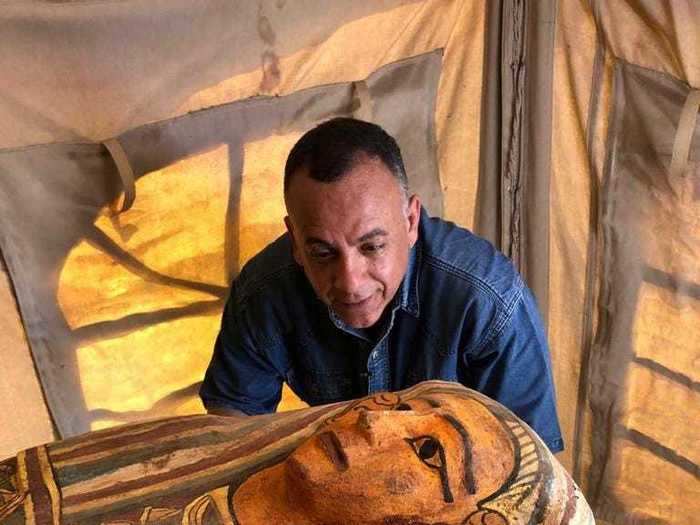
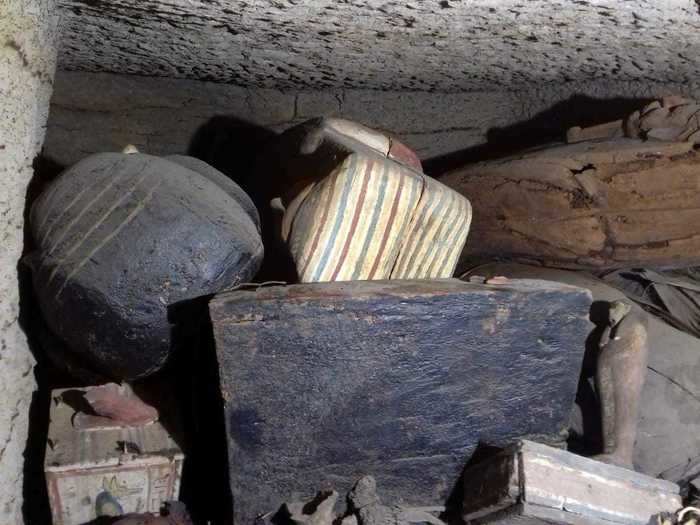
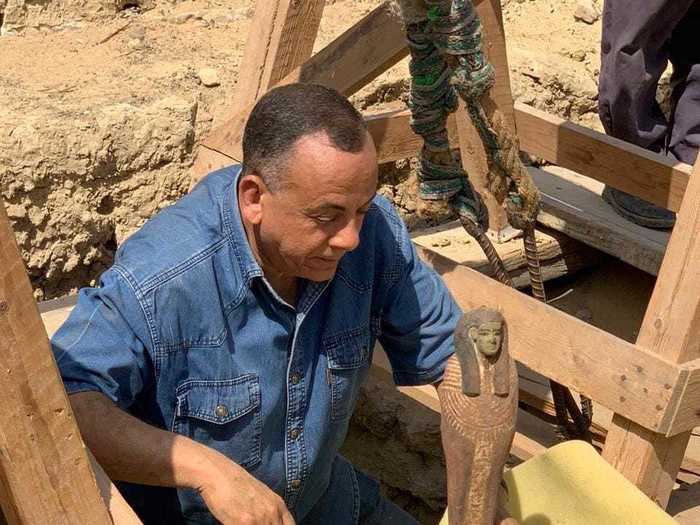

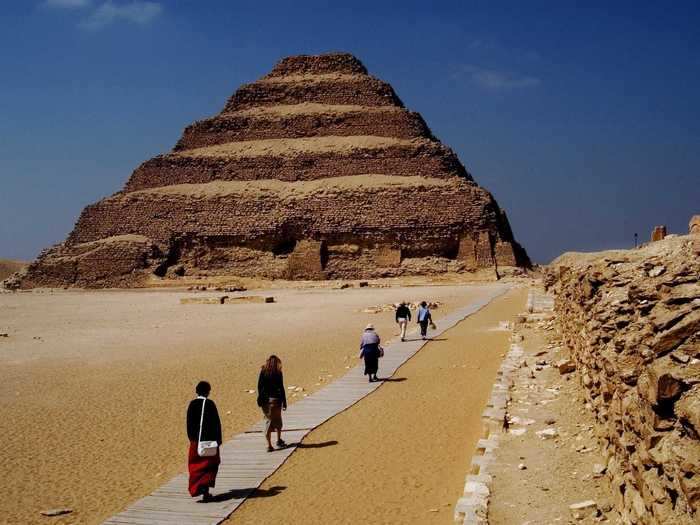
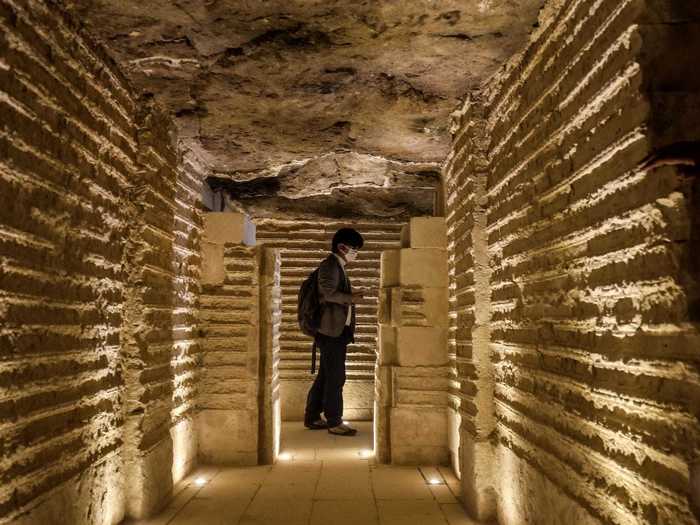
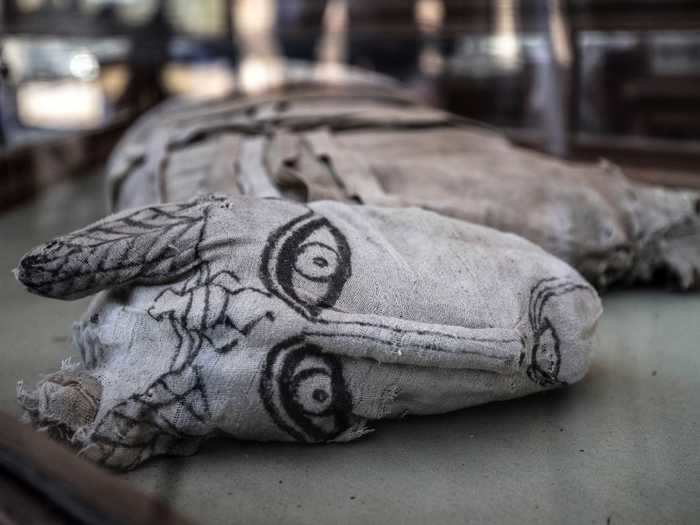
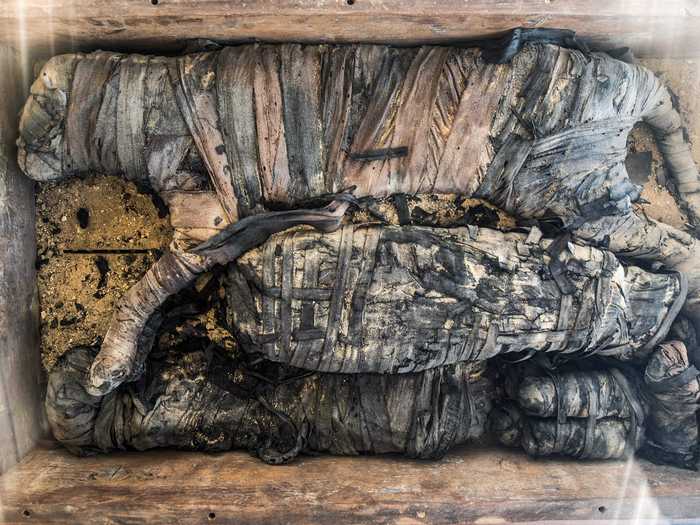
!["This is the first time [a] complete mummy of a lion or lion cub" has been found in Egypt, Mostafa Waziri, the secretary-general of Egypt](https://staticbiassets.in/thumb/msid-78245653,width-700,height-525,imgsize-1098104/quotthis-is-the-first-time-a-complete-mummy-of-a-lion-or-lion-cubquot-has-been-found-in-egypt-mostafa-waziri-the-secretary-general-of-egyptaposs-supreme-council-of-antiquities-said-in-a-press-conference-.jpg)